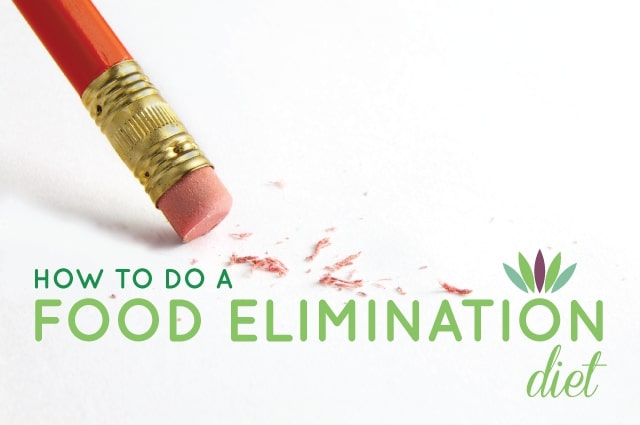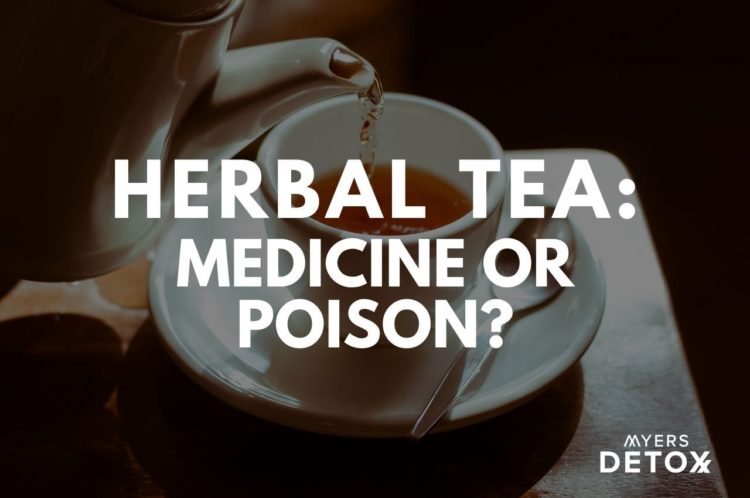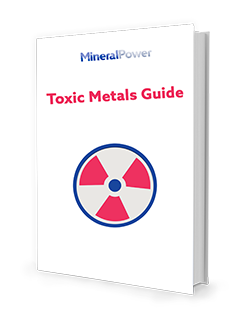How to do a Food Elimination Diet

Most need to do a food elimination diet to lose weight, reduce inflammation and feel their best. Learn the steps to do a food elimination diet and download the free Modern Paleo Food Elimination Survival Guide to walk you through the process.
Create your own Modern Paleo Diet – the best diet for YOU! The basis of the Modern Paleo diet is figuring out which modern foods work for you so that you can expand your food choices beyond the original Paleo template.
Do a food elimination diet today and discover foods to which you are sensitive! A food elimination diet is a start, but some food sensitivities have no symptoms or they are delayed for 1-7 days. The best way to determine food sensitivities is with a food elimination and challenge diet. Download your FREE guide below to help guide you through a food elimination diet.
>Download the Food Elimination Survival Guide<
Benefits of an Elimination Diet
- Improved Mood
- Better Sleep
- Weight Loss
- Healing of Skin Conditions
- Healing of Digestive Disorders
- Reduction or Elimination of Joint Pain
- Reduction or Elimination of Chronic Headaches
Why do a Food Elimination Diet?
An elimination diet is a simple experiment that helps you to discover which foods may be causing problems and which foods are not. A food elimination diet is designed to calm inflammation and balance the body. Once the body is calm, and the symptoms diminish, it becomes noticeable to a person when a problem food is eaten and the symptoms come back (usually stronger than before).
Individuals experiencing an intolerance to food may be presented with a wide range of symptoms including occasional constipation, diarrhea, gas and bloating. Other common adverse reactions include cravings and irritability. The most common triggers of food intolerance include gluten (found in wheat and other cereal grains), lactose (found in dairy products), and fibrous (vegetables and beans). “The foods we consume frequently, (at least 3 times a week or more) are also often triggers,” according to Walter Crinnion, N.D.
The problem is that most people eat foods they have become sensitive to several times a day. Every time that food enters the body, the immune system whips itself into a frenzy. But because symptoms are delayed up to 72 hours after eating, a food sensitivity can be hard to spot. Without diagnosis or awareness, the damage is repeated over and over, meal after meal. Eventually, inflammation seeps throughout the body, establishing an environment ripe for weight gain and chronic disease. Learn more about how Food Sensitivities Make You Sick and Fat.
Inflammation Nation
As you may know by now, chronic inflammation is behind all diseases. You know that feeling when you start to get sick—the lethargy, the dull ache in your body, pain in your joints, or that dragging feeling of not being fully awake? That’s inflammation. It happens when you get sick, and it also happens when you consume foods to which your body is sensitive. When you eat foods everyday that irritate your system, they cause chronic inflammation. When chronic inflammation is present, you create an environment for nearly every single disease to manifest. You can add in anti-inflammatory foods like ginger, turmeric, raw vegetable juices, and blueberries to calm the inflammation, but unless you get rid of what’s causing the inflammation to begin with—the foods you consume every day—you will never get better. That’s why the elimination diet can be your most powerful healing tool! You will discover, through a process of elimination and reintroduction, what foods are irritating your body and triggering your symptoms.
Eliminating Sensitive Foods can Help Heal:
- Unexplained weight gain / weight loss
- Chronic migraines / headaches
- GERD
- IBS
- Diarrhea / constipation
- Gas / bloating / nausea
- Hair loss
- Autoimmune diseases
- Rheumatoid arthritis
- Chronic pain
- Osteoporosis
- Anemia
- Seizures
- Chronic skin rashes
How to do a Food Elimination Diet
For those of you ready to go all the way and do a complete food elimination diet, this section is for you. Of course, you can only eliminate so many foods at one time. I have included the top ten foods to which people are most commonly sensitive. There are many other foods one can be sensitive to. You can substitute any food in your elimination diet that you suspect is offending.
Step 1 – Elimination
These foods below must ALL be removed from the diet for TWO WEEKS to cool reactions to past exposures and heal inflammation. Some may need to eliminate for longer is they are really sick or have severe digestive issues. Avoid processed food during the elimination. Many foods may be hidden as “natural flavors,” which means that the food label may not list the offending foods below. Basically plan on eating meat and veggies during your elimination diet.
- GMO, genetically modified, foods (eat organic only during the elimination.)
- Gluten (in wheat, rye, barley, oats)
- Dairy (milk, yogurt, butter, cheese, cream)
- Corn (tortillas, corn oil, high fructose corn syrup)
- Eggs (eggs are in mayonnaise, pies, cakes, cookies, bread, pancakes, puddings, ice cream)
- Soy (edamame, soy sauce, soy milk, tempeh, miso, soy protein, tofu, soybean oil)
- Tree nuts (such as almonds, cashews, walnuts, pecans, pistachios, Brazil nuts, hazelnuts, chestnuts)
- Nightshades (potatoes except sweet potatoes and yams; tomatoes; peppers like green, red, yellow, orange, jalapeno, chili, and pimentos; eggplant; tobacco; spices from peppers like cayenne, chili, red pepper, curry mixes, paprika)
- Citrus fruit (lemons, limes, oranges, mandarins, grapefruit)
- Yeast (bread, baker’s/brewer’s yeast, fermented products like beer and vinegar, most food-based B vitamins)
Step 2 – Challenge
Choose one of the foods above and eat it a few times on day 1 of your challenge. You must continue to eliminate all other foods on the list except for the foods you’re challenging. Otherwise, you will not know what is causing the reaction.
Step 3 – Record Symptoms
Observe how you feel over day 2 and 3 of your challenge. Write any symptoms you experience in a food journal. Make a connection between the food you eat and how it makes you feel. Do you feel bloated, tired or have a headache after eating a food?
Step 4 – Challenge!
On day 4, challenge with the next food on your list and write your symptoms in your food journal. Observe day 5 and 6. Continue to challenge with each food every three days. Your body needs three days to clear any reaction to a food.
Step 5 – Test different food forms
When you find foods to which you are sensitive, do another challenge with different forms of that food to see which ones affect you. With dairy, you may be able to eat butter, but not milk. You may be able to eat eggs yolks but not whites.
Individuals doing a food elimination diet may experience uncomfortable symptoms including headache, muscle pains, or fatigue. These are caused by detoxification and withdrawals from serotonin and other neurotransmitters and morphine-type substances in wheat and dairy. You are detoxing or having withdrawals from your food drug of choice. They are nothing to worry about and will pass.
Gluten Digesting Enzymes
Glutenza is the latest technology in destroying gluten proteins before they have a chance to harm your gut and body. If all else fails or you find yourself at a restaurant where you never know what gluten is lurking in the food, be sure to have a bottle of Glutenza handy.
The Women’s Gluten Free Summit
 Look out for my presentation at Jennifer Fugo’s Women’s Gluten Free Summit! Gluten is the number one food sensitivity – namely because it is so frequently consumed in our diets. It’s hard to escape. But there are many offending foods. I talk about how to do a food elimination diet and why you may want to do one! I highly recommend you listen to this incredible summit.
Look out for my presentation at Jennifer Fugo’s Women’s Gluten Free Summit! Gluten is the number one food sensitivity – namely because it is so frequently consumed in our diets. It’s hard to escape. But there are many offending foods. I talk about how to do a food elimination diet and why you may want to do one! I highly recommend you listen to this incredible summit.











Hi Wendy, thanks for the great post. I’m planning an elimination diet to test for the major offenders as well as FODMAPS and a few other common nasties. Just one question: why have you included eggs, ‘nightshades’ (especially potatoes) and citrus on your list of foods to avoid? Are these commonly associated with IBS? After a good deal of research and self observation I had all three of these on my safe list to include in my diet on the elimination phase (especially as there are so many carbs, fruits and proteins I can’t include!). Any further information on these food groups would be greatly appreciated. Many thanks and keep up the good work 🙂